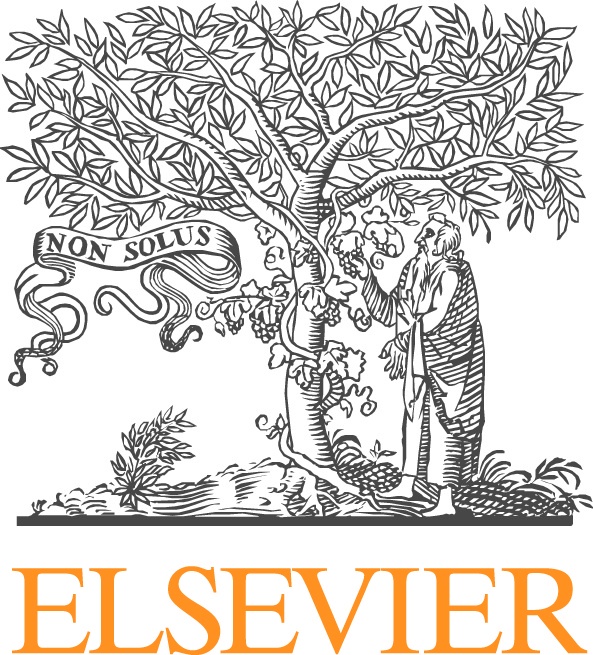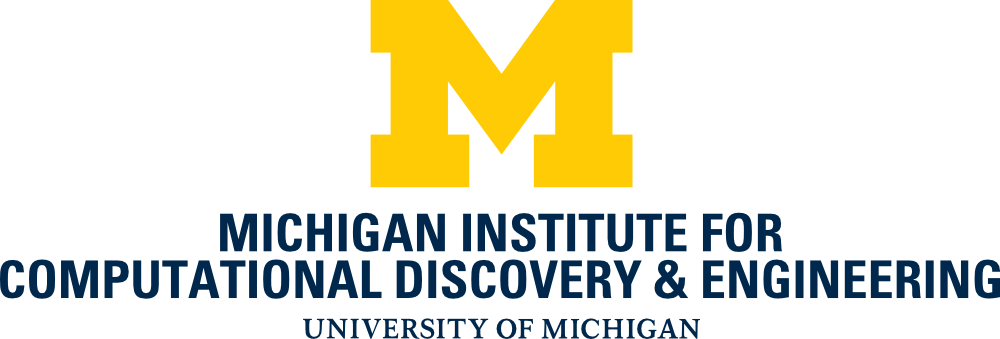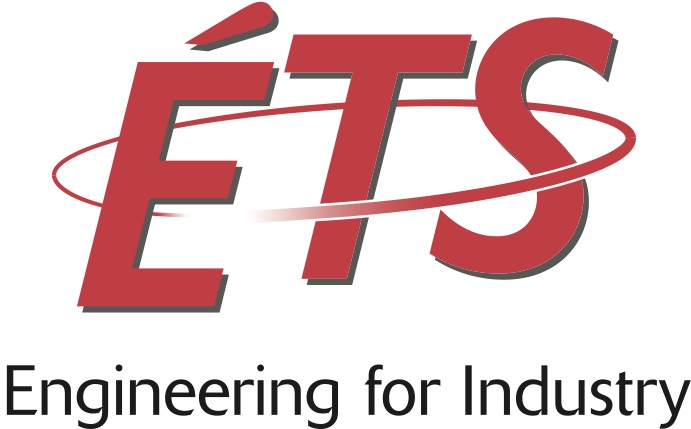Phase-field Modeling and Simulation in Fluids, Solids and Biomechanics
Hector Gomez, universidade da coruña
Krishna Garikipati, University of Michigan
Kristoffer van der Zee, University of Nottingham
Victor Calo, Curtin University
Laura de Lorenzis, TU Braunschweig
There are many processes in engineering and natural sciences that involve the evolution of interfaces. Typically, such systems evolve towards a thermodynamic equilibrium. Prime examples include interfaces between two (or more) distinct states arising in mixtures and multi-phase systems such as in two-phase flows, binary alloys, fluid phase transition, grain growth, solidification, dendritic crystal growth and polymer blends. Propagating cracks or domain walls are classical examples of moving interfaces within solids, while biomembranes are soft material interfaces evolving in a fluid. Phase-field modeling refers to a particular mathematical description of a system with evolving interfaces. The fundamental idea is that a smoothly changing phase field describes the material interfaces, that is, a diffuse-interface model. The phase field is governed by a partial differential equation, which tracks the diffuse interfaces and encodes the interfacial physics at once. The systems are inherently nonlinear equations with higher-order spatial derivatives that account for the interfacial forces. Moreover, the higher-order terms are scaled with a small coefficient (the interface thickness) that makes the equations singularly perturbed. Phase-field models, thus, bring a new set of challenges for numerical simulations, such as, for example, stiff semi-discretizations, stable time-stepping algorithms and the treatment of sharp internal layers. In this minisymposium, we invite contributions on numerical methods for phase-field models. We welcome abstracts on new modeling and discretization techniques, their numerical analysis, but also their application to problems of fluid mechanics, solid mechanics, and the life sciences or related research areas. We expect a multidisciplinary audience with experts from computational mechanics, mathematical modeling, numerical analysis, and applied mathematics.







